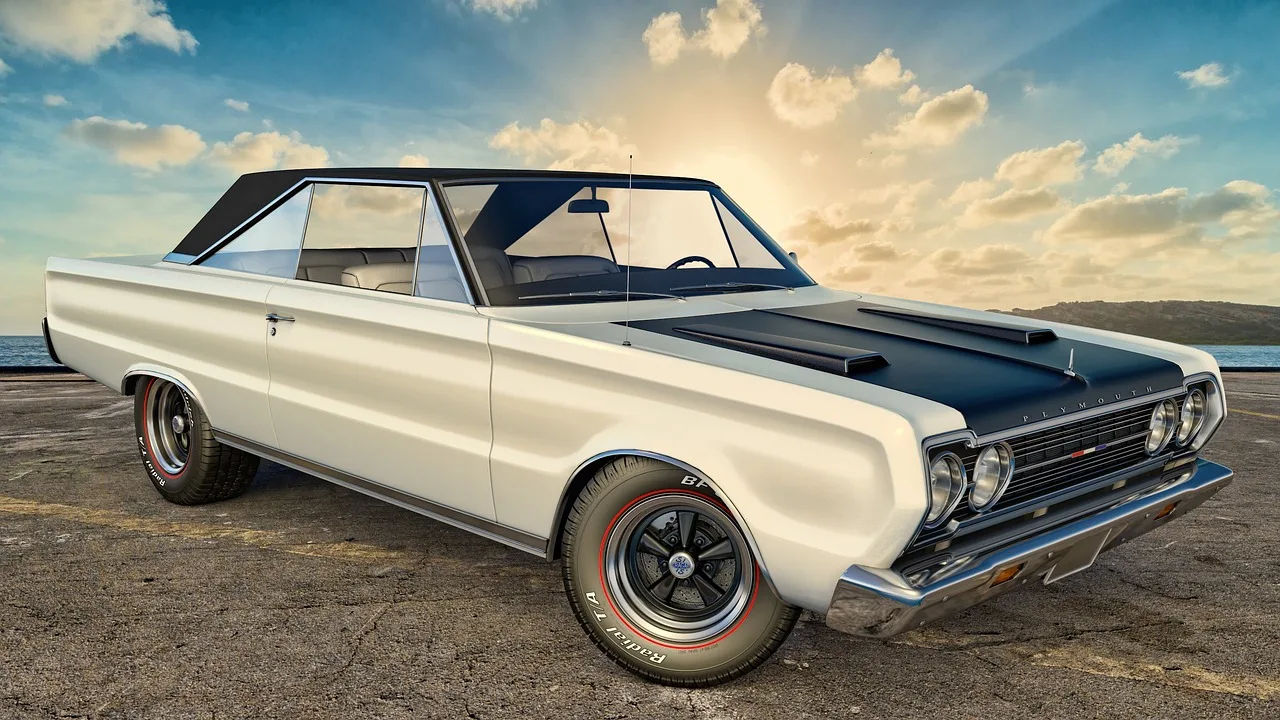Car design is a dynamic and multifaceted field that has evolved over the years, reflecting several technological advancements, aesthetic preferences, and functional requirements. The design of an automobile goes beyond mere aesthetics; it encompasses considerations such as aerodynamics, safety, fuel efficiency, and user experience. This comprehensive exploration delves into various car designs, each serving unique purposes and appealing to distinct consumer segments.
Types of car design Explained
Sedans
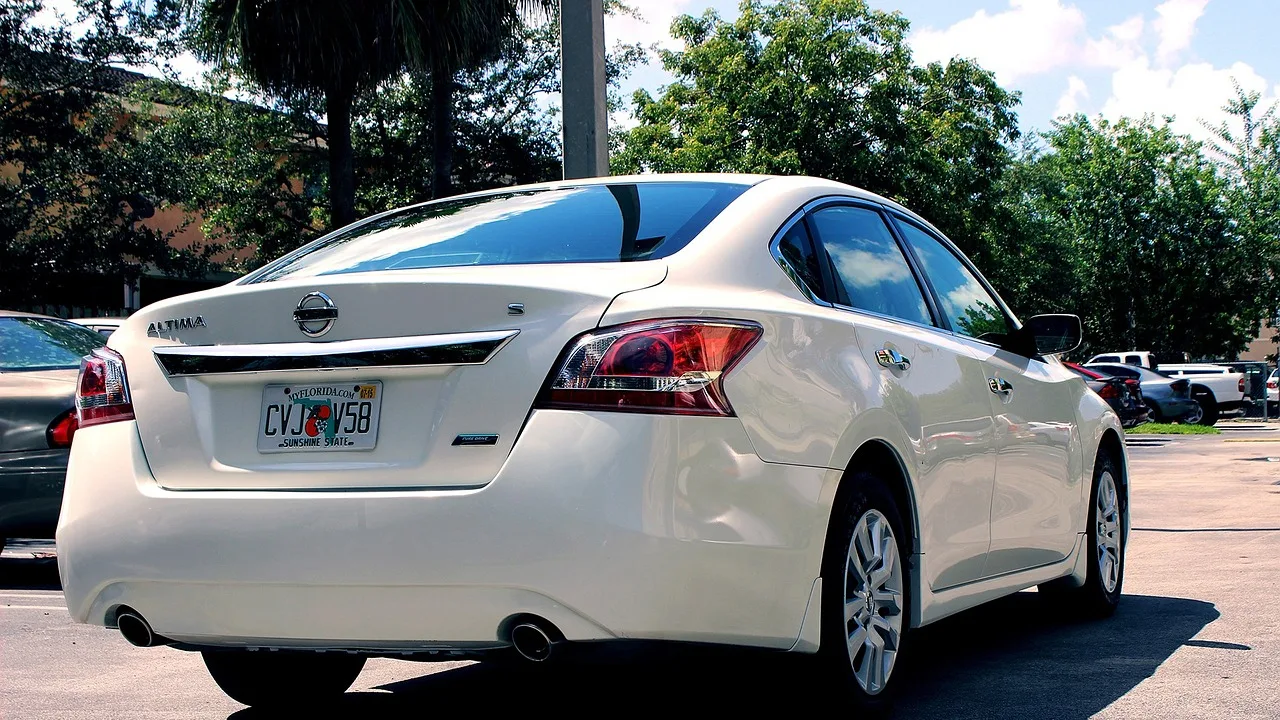
Sedans are perhaps the most common and recognizable type of car on the road. Characterized by a sleek, four-door design, sedans prioritize comfort and functionality. The body style typically includes a separate trunk for luggage, making them ideal for families and daily commuters. Sedans come in various sizes, from compact to full-size, catering to different preferences and needs.
SUVs (Sports Utility Vehicles)
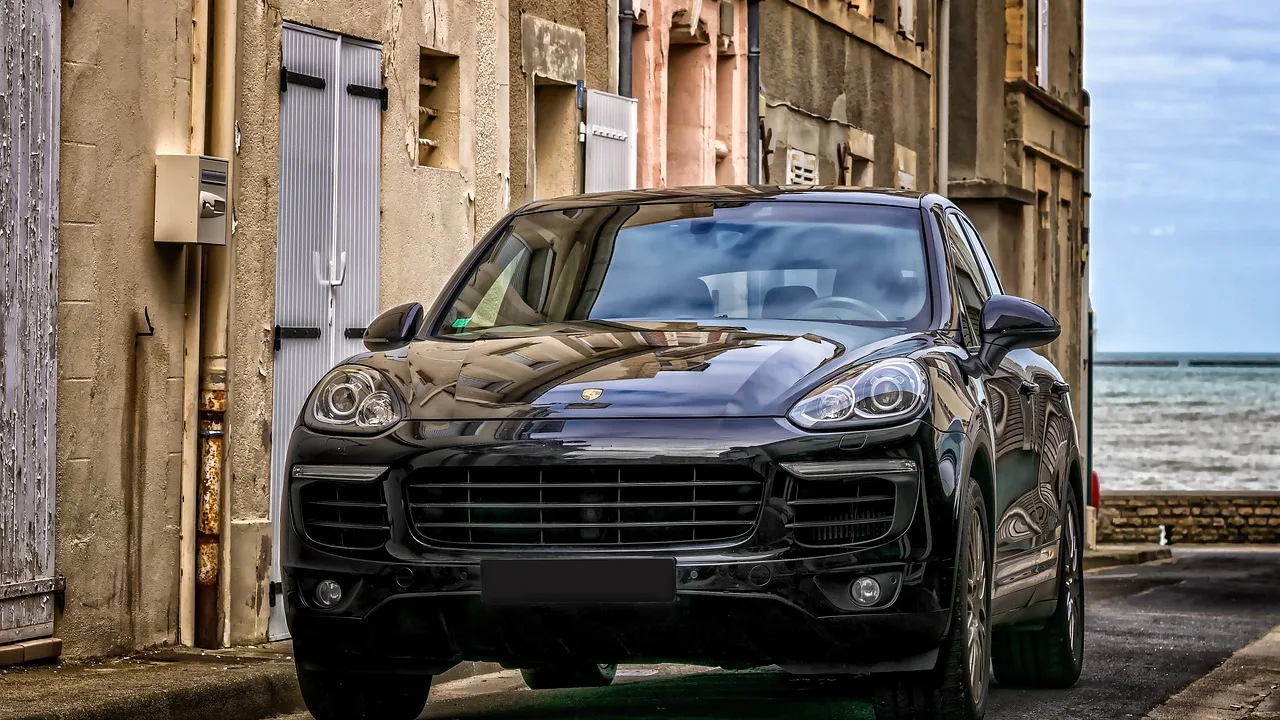
SUVs have gained immense popularity for their robust and versatile design. With a higher ground clearance and body-on-frame construction, SUVs are well-suited for off-road adventures and adverse weather conditions. They often come with optional all-wheel or four-wheel drive, enhancing their capabilities. SUVs can be further classified into compact, mid-size, and full-size, providing consumers with several options to suit their lifestyles.
Coupes
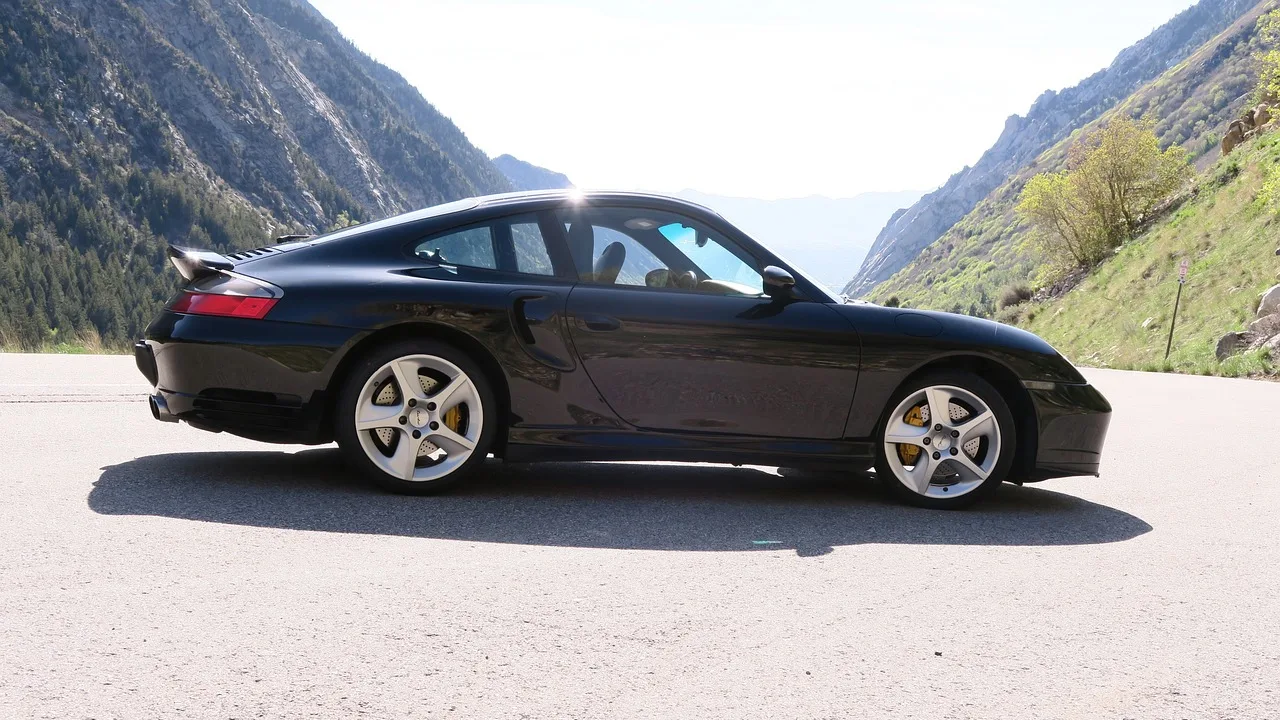
Coupes, characterized by their two-door design and sloping roofline, are synonymous with style and performance. These cars often prioritize aesthetics and speed over practicality, featuring a sportier look and a more dynamic driving experience. Those who want an exhilarating ride without sacrificing aesthetic appeal tend to pick coupes. While they may not offer as much interior space as sedans, their design makes a bold statement on the road.
- Audi GT50 Concept: A Loud Reminder of Why Car Enthusiasts Fell in Love With Audi
- Nearly 30% of UK Drivers Believe Car Tax Should Be Based on Mileage — Survey
- Why Planes and Boats Escaped the Luxury Tax But Cars Didn’t
- Australia’s Headlight Confusion: Authorities Warn Drivers After Viral $250 Headlight Rule Goes Wild Online
- 2025 Hyundai Venue Facelift Launched in India – Full Details, Variants, and Price
Hatchbacks
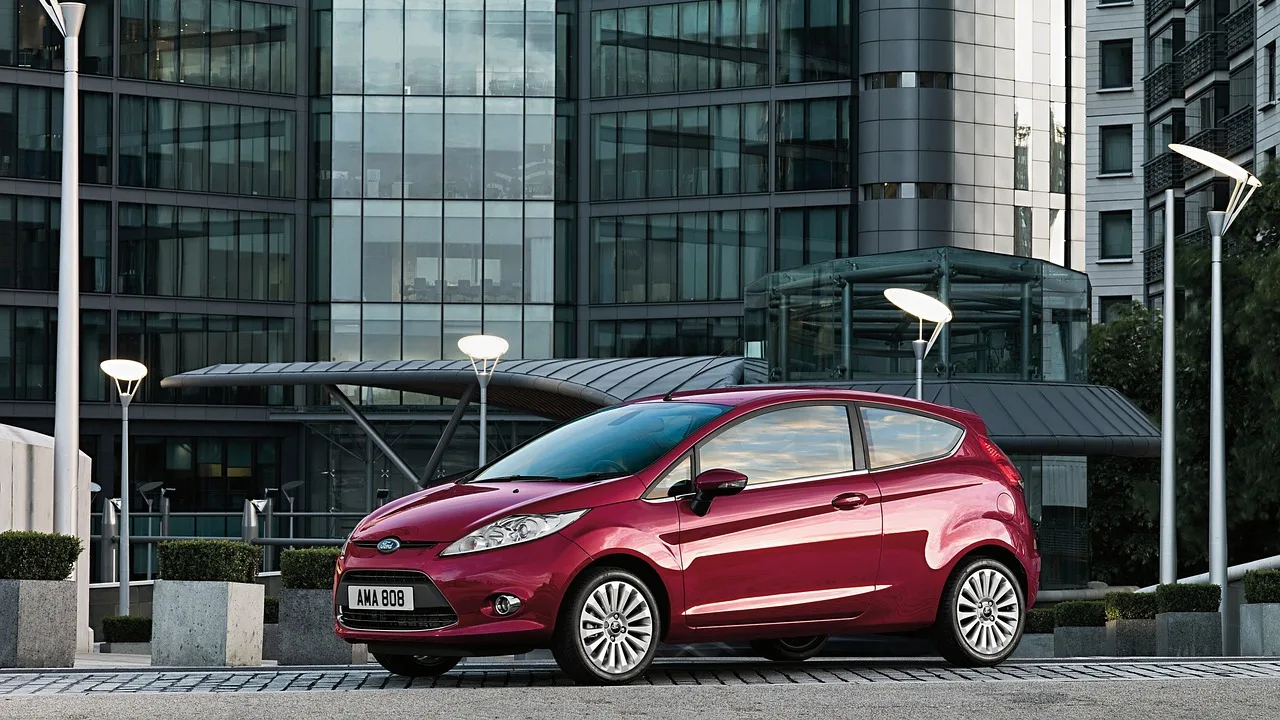
Hatchbacks are known for their compact size, efficient use of space, and rear door that opens upward to provide easy access to the cargo area. This design makes hatchbacks an excellent choice for urban driving, as they are easy to maneuver in tight spaces. Despite their smaller size, hatchbacks often maximize interior space, making them a practical choice for individuals or small families.
Convertibles
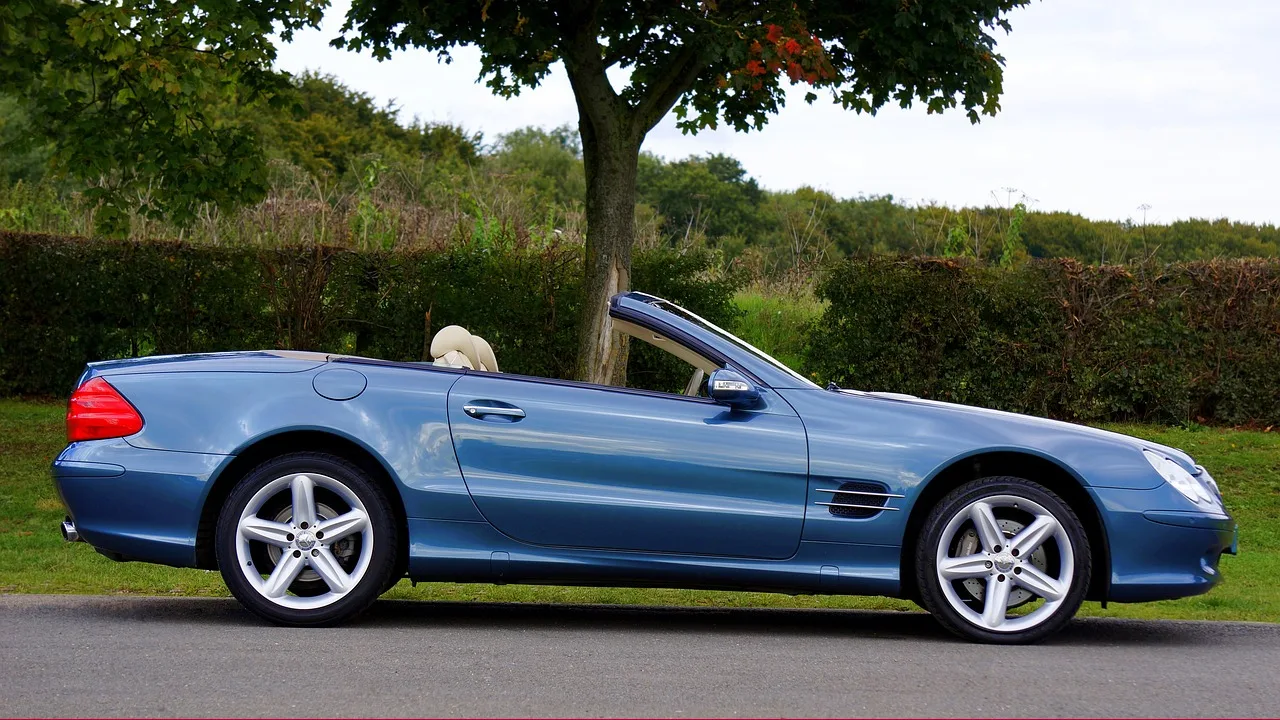
Convertibles, also known as cabriolets, offer a unique driving experience with the ability to open or remove the roof. This design combines the thrill of driving with an immersive connection to the surroundings. While convertibles are often associated with sports cars, there are also luxury convertibles that prioritize comfort and sophistication. The retractable roof can be either soft or hard, providing flexibility in design and functionality.
The automotive industry’s dedication to sustainability is shown in the notable shift in the past several years toward electric and hybrid vehicles. Electric vehicles are powered solely by electricity, while hybrids combine an internal combustion engine with an electric motor. The design of these cars focuses on aerodynamics to maximize energy efficiency, and many feature futuristic aesthetics to emphasize their eco-friendly credentials.
Supercars
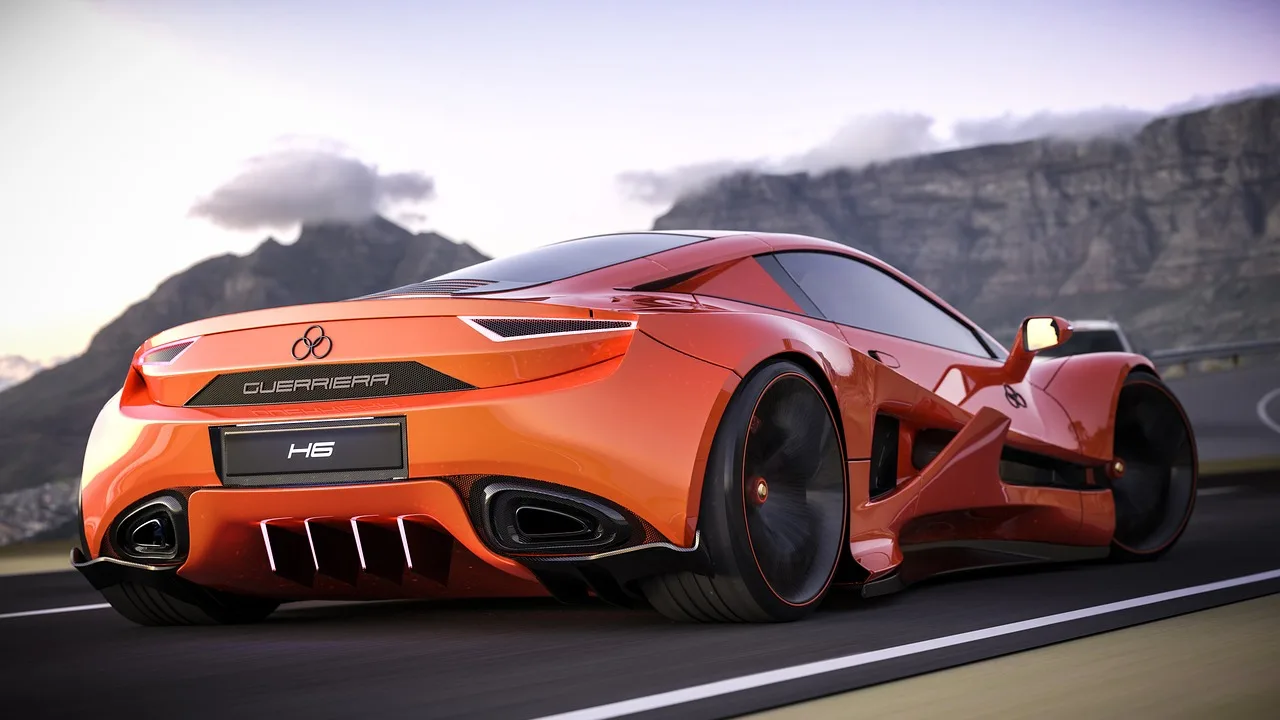
With an emphasis on high performance, speed, and cutting-edge technology, supercars are the pinnacle of automotive engineering. These cars often feature aerodynamic designs, lightweight materials, and powerful engines capable of extraordinary speeds. Supercar design is a fusion of art and engineering, aiming to deliver an unparalleled driving experience. While they may not be practical for everyday use, supercars showcase the industry’s capacity for pushing boundaries.
Vintage and Classic Cars
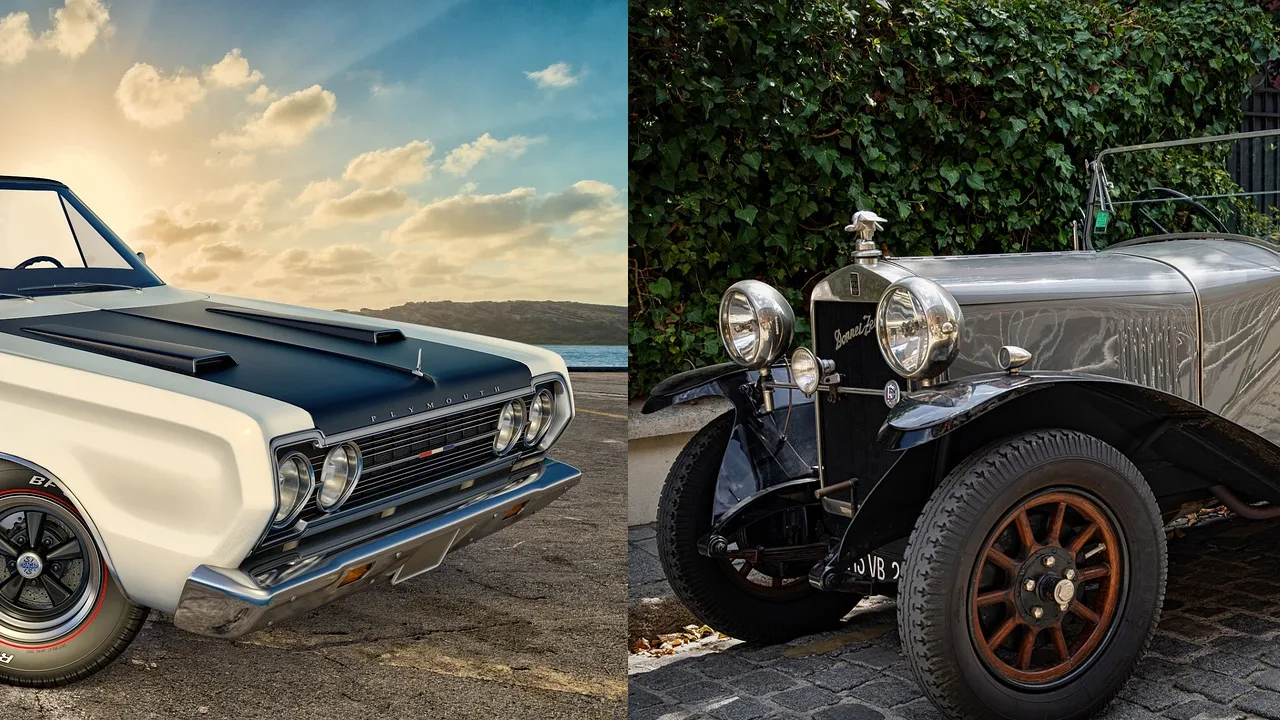
Vintage and classic cars hold a special place in the hearts of enthusiasts who appreciate automotive history and craftsmanship. These cars, often defined by their timeless designs, represent different eras in the development of automobile aesthetics. Restoring and maintaining classic cars is a dedicated hobby for many, as these vehicles embody the nostalgia of past times and showcase the artistry of automotive design throughout history.
In summary, automobile design is a rich tapestry that incorporates a variety of designs and features to meet the wide range of demands and tastes of customers. From the practicality of sedans to the exhilarating performance of supercars, each type of car design tells a unique story. The future automotive design will probably see even more creative and sustainable solutions as environmental concerns gain prominence and technology develops more, increasing the opportunities in this dynamic field.
